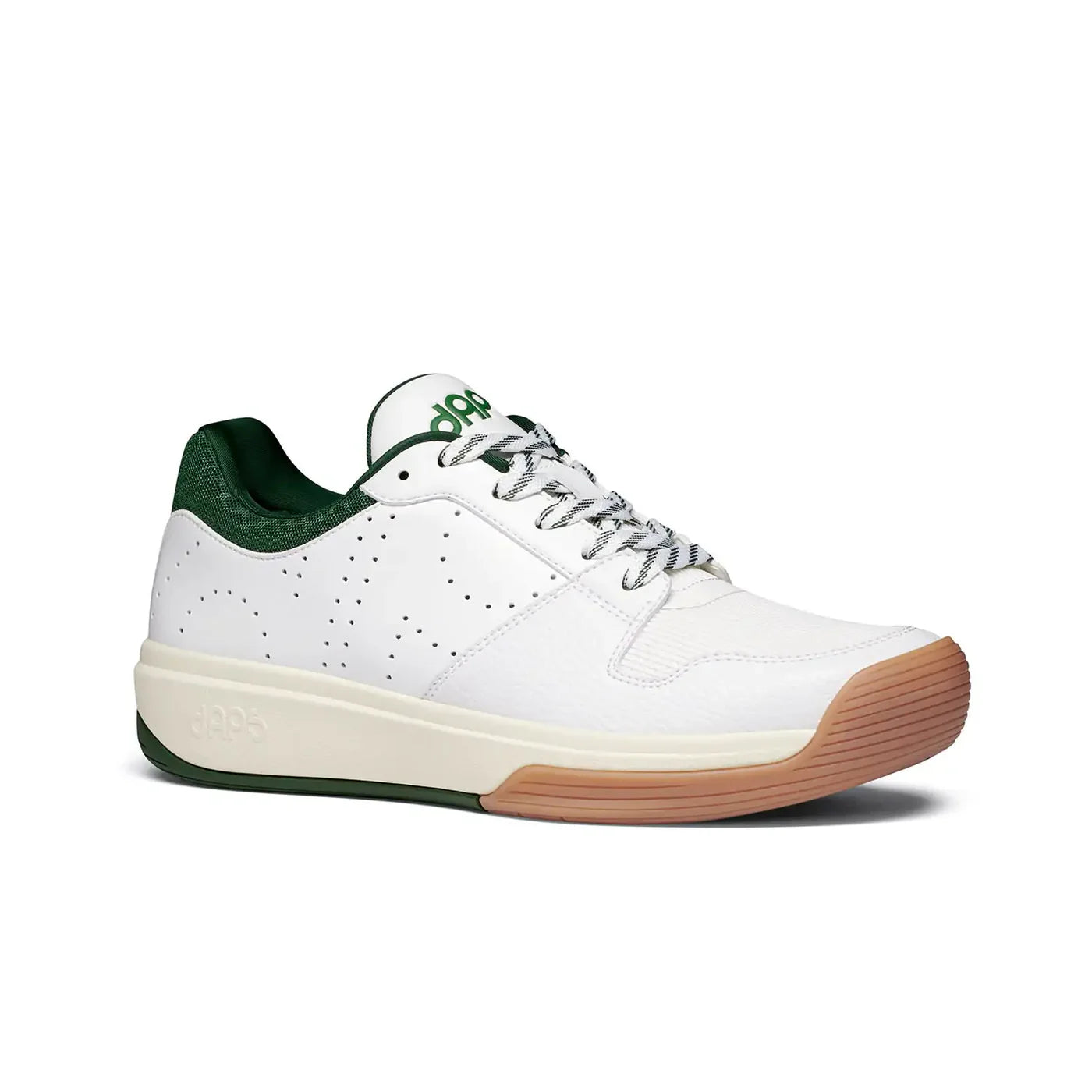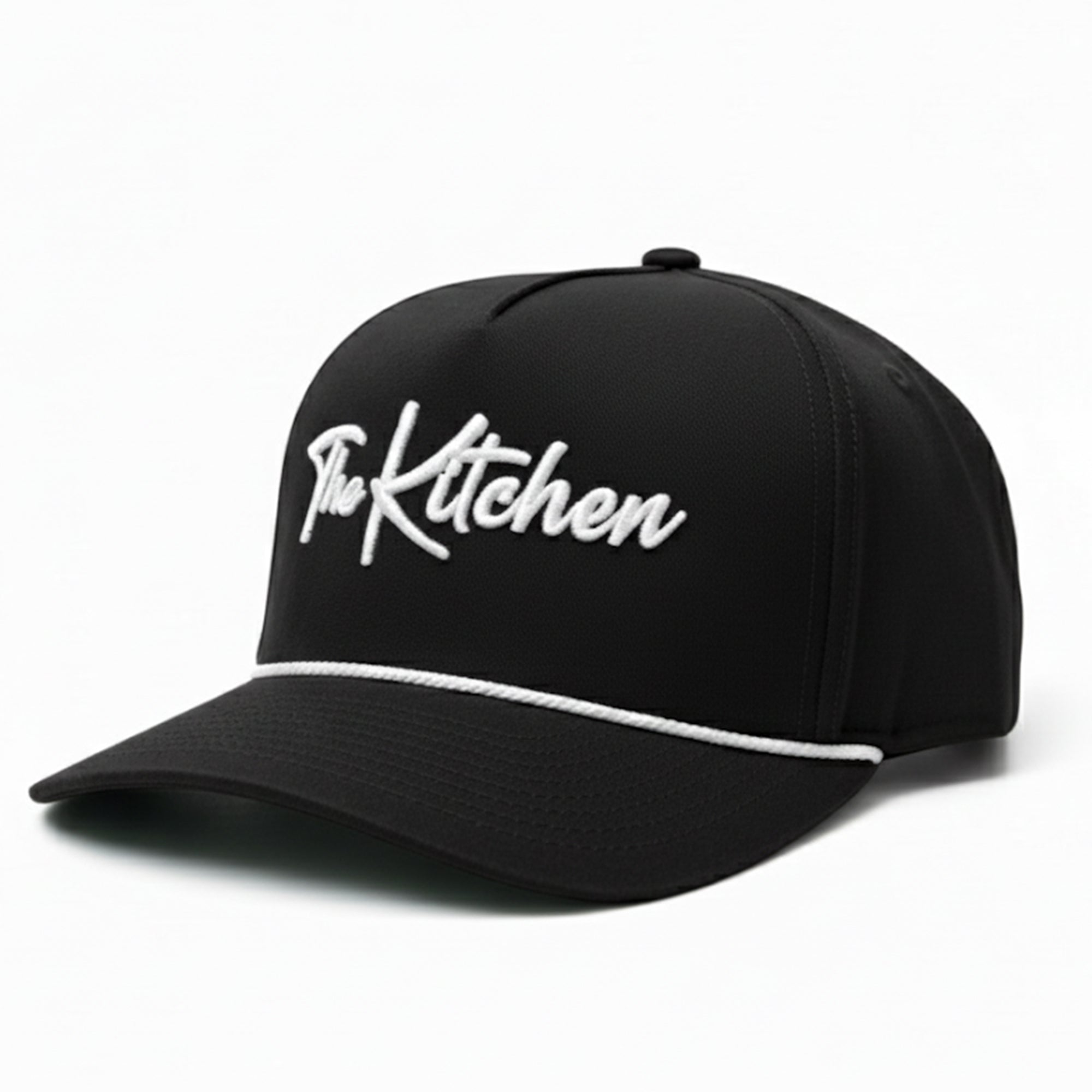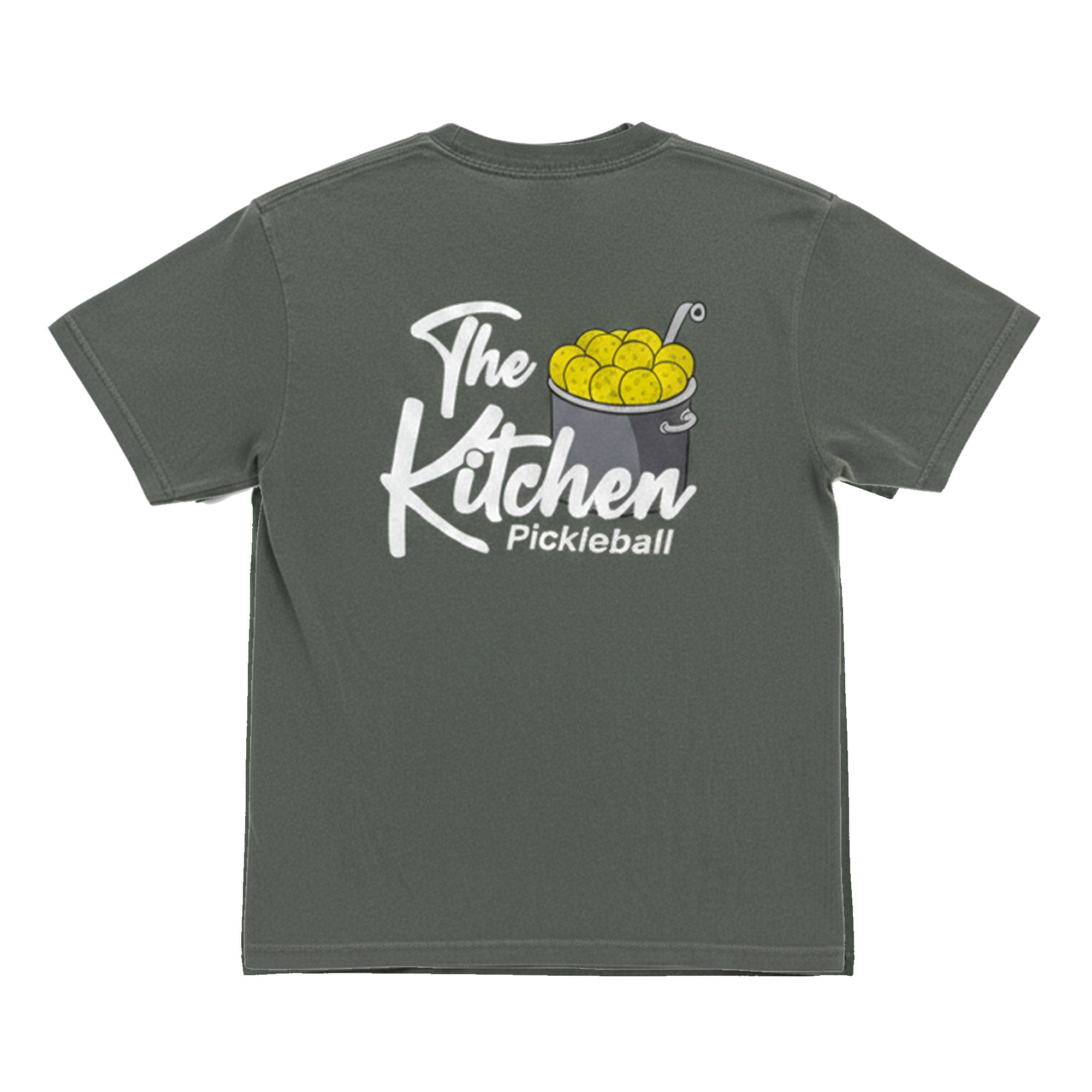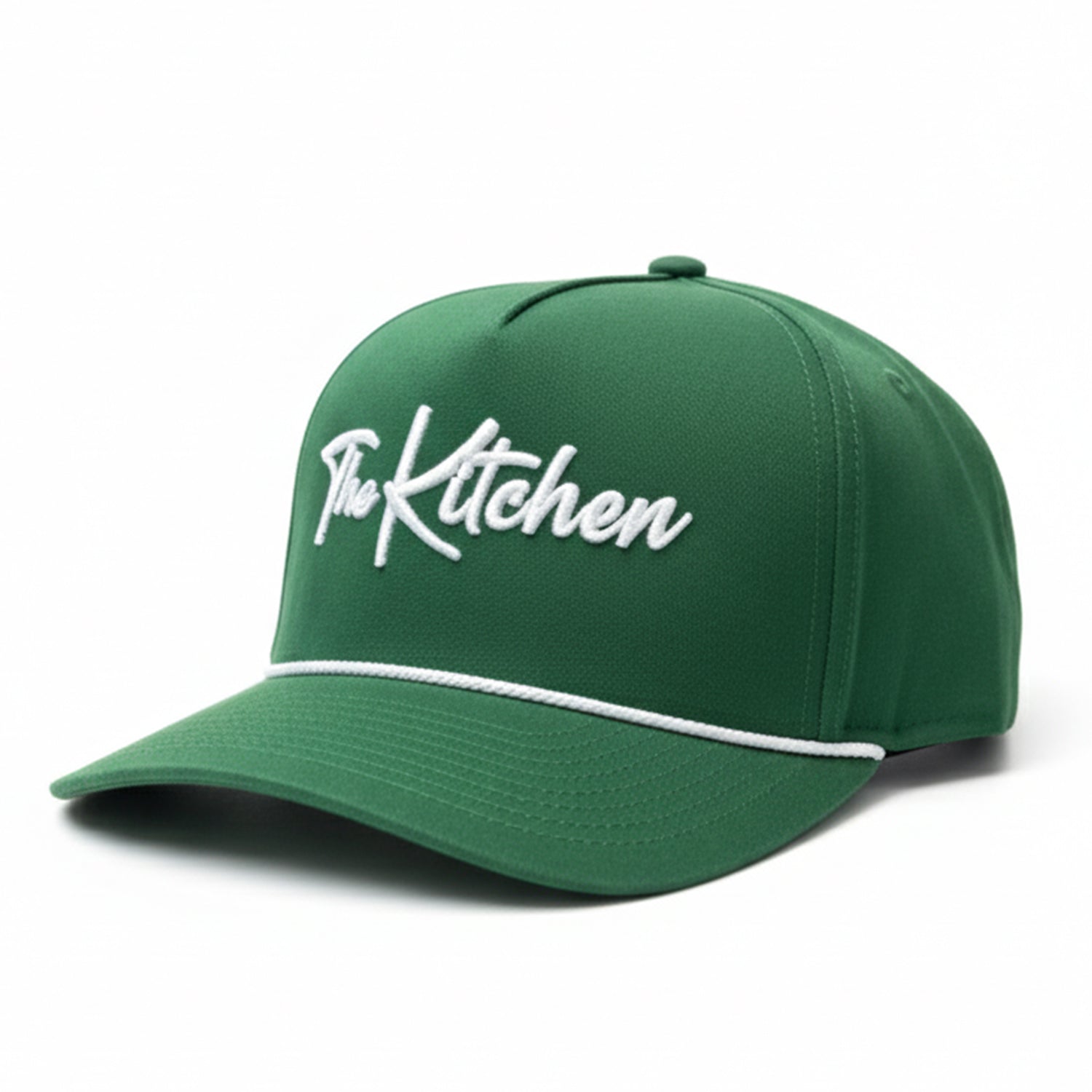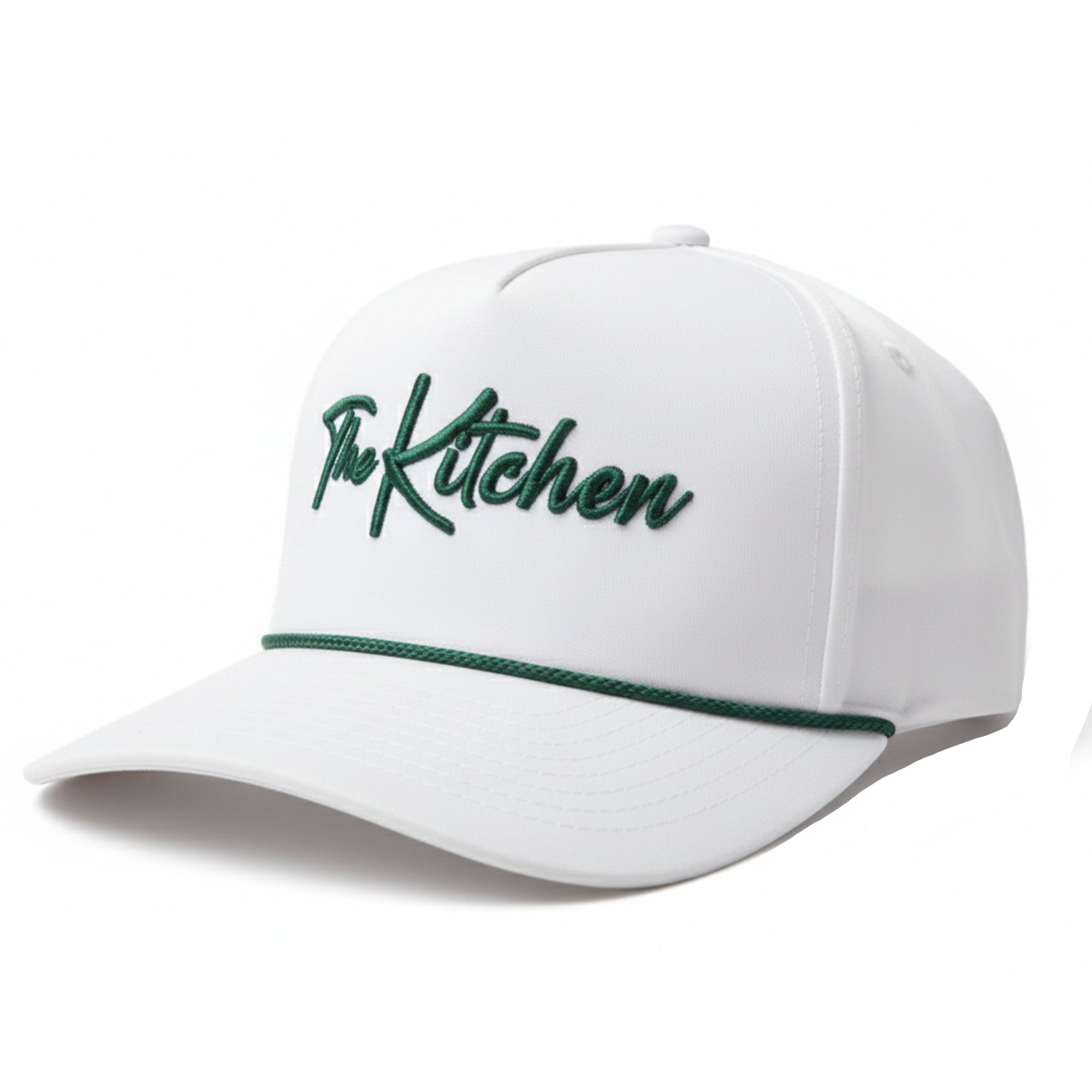Pickleball instruction: How men overplaying in mixed doubles can lead to losses
Last Edited
Oct 30 2025
Category
Instruction
Mixed doubles success often boils down to two factors:
1. How steady the female player is.
2. The male player finding the right balance in how "big" he plays.
"Big" in this sense refers to how much of the court the male player will take. If they hesitate to take attackable balls and put them away, that will hurt the team's chances of success.
But a male player who plays too big can also negatively impact the team.
One of the most frequent areas for improvement I see in mixed doubles – at all levels, even pro – is the male player finding the right balance of just how “big” he should be playing.
Downsides to men's players overplaying
There are several downsides to the male player getting too big.
The match becomes 2 vs. 1: No matter how good the male player, it is really hard to play 2 vs. 1. Here’s a real-life example. During a Beer City tournament many moons ago, I played with Jen Roach against John Cincola and his partner (whose name escapes me). John was a better player than either of us, individually. But he tried to overplay – and in doing so, made the match 2 vs 1 and we prevailed. Now, it is possible we would have won even if John had allowed us to target his partner. But the point stands: while overplaying can be a strategy when the scales are unbalanced on the court (more on this below), the disadvantage of playing 1 vs 2 should be weighed against the benefit.
You open up too much court: This is related to the 2 vs 1 problem, but distinct. When the male player consistently steps in front of his female partner – particularly simply to dink balls back into play – he leaves large areas of the court exposed and creates imbalance on his side. Oftentimes this leads to a more stressful backhand shot for the male player – whether that is defending a down the line attack or resetting a well-placed dink there.
You break your partner’s rhythm: This downside is a big one. Optimal doubles play occurs when both players on the team are playing in rhythm. This requires a male player who is in rhythm AND a female player who is also in rhythm. Watch any pro match where the male player is regularly stepping in front of the female player to handle routine shots. What you will often see is a female player who is completely out of rhythm. Think about it – how can she possible gain rhythm if she never knows whether the next shot traveling toward her will be hers or not?
Here is a specific example from the recent quarterfinals of the PPA Virginia Beach Cup: Noe Khlif and Rachel Rohrabacher were down 12-11 in a back-and-forth Game 1. Rachel was in a cross-court dink battle with Paris Todd. Paris is a great player, but so is Rachel. And a cross-court dink battle between those two is pretty even. Rachel had hit 4 dinks in a row with no problem. On dink No. 5, Noe stepped in front of Rachel to dink the ball. Same basic dink Rachel had been repeatedly handling with no difficulty. Noe sent the dink on a diagonal to Paris following the same pattern. Paris continued the pattern. But this time Rachel missed the dink. That miss will go on Rachel’s stat sheet, but should it?
Think of yourself as a player. When you are in rhythm and your rhythm is upset, doesn’t that undermine your ability to successfully hit the next shot? This is an anecdotal observation from an experienced coach with a trained eye, but I have seen this pattern repeat too often: a solid female player misses a routine shot because she is unsure whether the current shot is hers or if her partner is going to take it.
The takeaway: It will be difficult for your female partner to play her best if she cannot get into a rhythm. And if she is always wondering whether that next routine dink is hers – or if you are going to step in front of her – it will be much harder to achieve rhythm.
Read next: Be flexible to exploit the weak link using this in-game strategy
When the men's player should get big
The other end of the spectrum – not getting big enough as the male player – also reduces your team’s effectiveness. So, when should a male player look to get big?
When there is a clear opportunity to attack: The most obvious time for the male player to get big is whenever he can reasonably initiate and finish an attack. A good example here is a floater in the middle traveling toward your partner. Step in, attack, and stay with it for as long as you can maintain an attacking advantage. If your opponents reset the ball, then resume normal operations.
When your partner cannot stay in the rally: There will be times when your partner is being ground down and the odds do not favor your team. In these cases, the male player may have to play really big. This is not an excuse, though, for overly big play when the female player can hold her own. In the case of top pro players, like Rachel Rohrabacher, it is more likely than not that the overly big play will diminish the team’s chances for success. In these cases, the female player can more than hold her own and the team will be stronger if she is allowed to play.
Read next: The complete guide to reaching the 5.0 skill level in pickleball
Balanced play is generally the best option
Most often, it is best for the male player to look for an approach where he reaches in on clear attack opportunities but otherwise allows his team to play from a place of balance. A team that does this very well is the Johnson siblings. JW will sneak over when he senses a ball that he can poach out of the air. And every once in a while, he will take a dink in front of Jorja and push it behind the male player.
But, more often than not, Jorja is allowed to play her role. This balanced approach has allowed the Johnsons to become the top mixed doubles team not named Ben Johns and Anna Leigh Waters. If you want to optimize your mixed doubles play, finding the right male player balance is key.
Tony Roig is a nationally-recognized coach, Sr. Pro Player, developer of “Respect the X” on the In2Pickle YouTube channel, and the voice behind the Pickleball Therapy podcast. Visit BetterPickleball.com for information on coaching from Tony and the BP team through their Camps, Academy, and No. 1 online training program: The Pickleball System.







